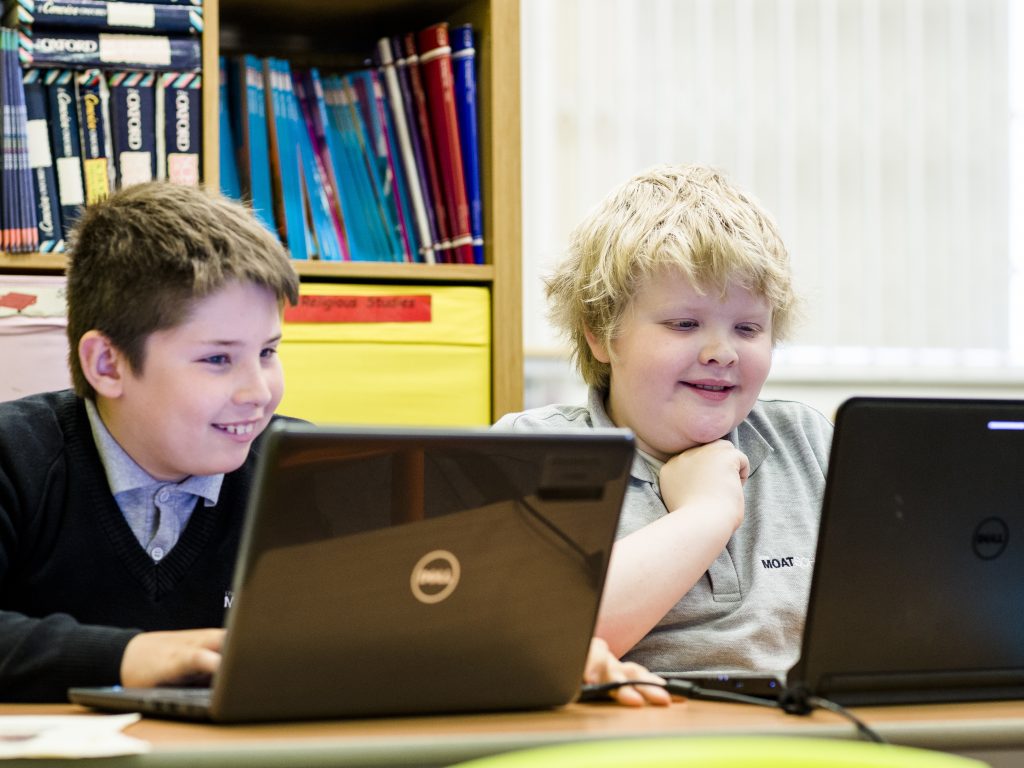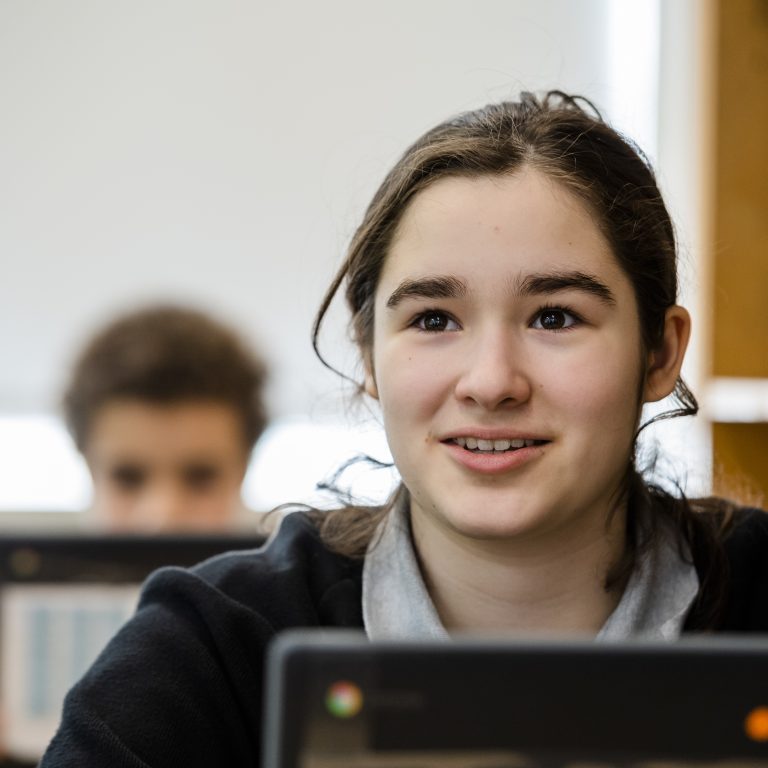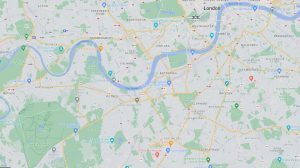Design and technology are inspiring, rigorous, and practical subjects. Using creativity and imagination, pupils design and make products that solve real and relevant problems within a variety of contexts, considering their own and others’ needs, wants and values. They acquire a broad range of subject knowledge and draw on disciplines such as mathematics, science, engineering, computing, and art. Pupils learn how to take risks, becoming resourceful, innovative, enterprising, and capable citizens. Through the evaluation of past and present design and technology, they develop a critical understanding of its impact on daily life and the wider world. High-quality design and technology education makes an essential contribution to the creativity, culture, wealth, and well-being of the nation.
KS2
Through a variety of creative and practical activities, pupils should be taught the knowledge, understanding, and skills needed to engage in an iterative process of designing and making. They should work in a range of relevant contexts [for example, the home, school, leisure, culture, enterprise, industry, and the wider environment].
KS3
Through a variety of creative and practical activities, pupils should be taught the knowledge, understanding, and skills needed to engage in an iterative process of designing and making. They should work in a range of domestic and local contexts [for example, the home, health, leisure, and culture], and industrial contexts [for example, engineering, manufacturing, construction, food, energy, agriculture (including horticulture), and fashion].
Pupils will be taught:
Design
- Use research and exploration, such as the study of different cultures, to identify and understand user needs identify and solve their own design problems and understand how to reformulate problems given to them.
- Develop specifications to inform the design of innovative, functional, appealing products that respond to needs in a variety of situations.
- use a variety of approaches [for example, biomimicry and user-centered design], to generate creative ideas and avoid stereotypical responses.
- Develop and communicate design ideas using annotated sketches, detailed plans, 3-D and mathematical modelling, oral and digital presentations, and computer-based tools.
Make
- Select from and use specialist tools, techniques, processes, equipment, and machinery precisely, including computer-aided manufacture.
- Select from and use a wider, more complex range of materials, components, and ingredients, taking into account their properties.
Evaluate
- Analyse the work of past and present professionals and others to develop and broaden their understanding investigate new and emerging technologies.
- Test, evaluate, and refine their ideas and products against a specification, taking into account the views of intended users and other interested groups.
- Understand developments in design and technology, their impact on individuals, society, and the environment, and the responsibilities of designers, engineers, and technologists.
By the end of each key stage, pupils are expected to know, apply and understand the matters, skills and processes specified in the relevant program of study.



